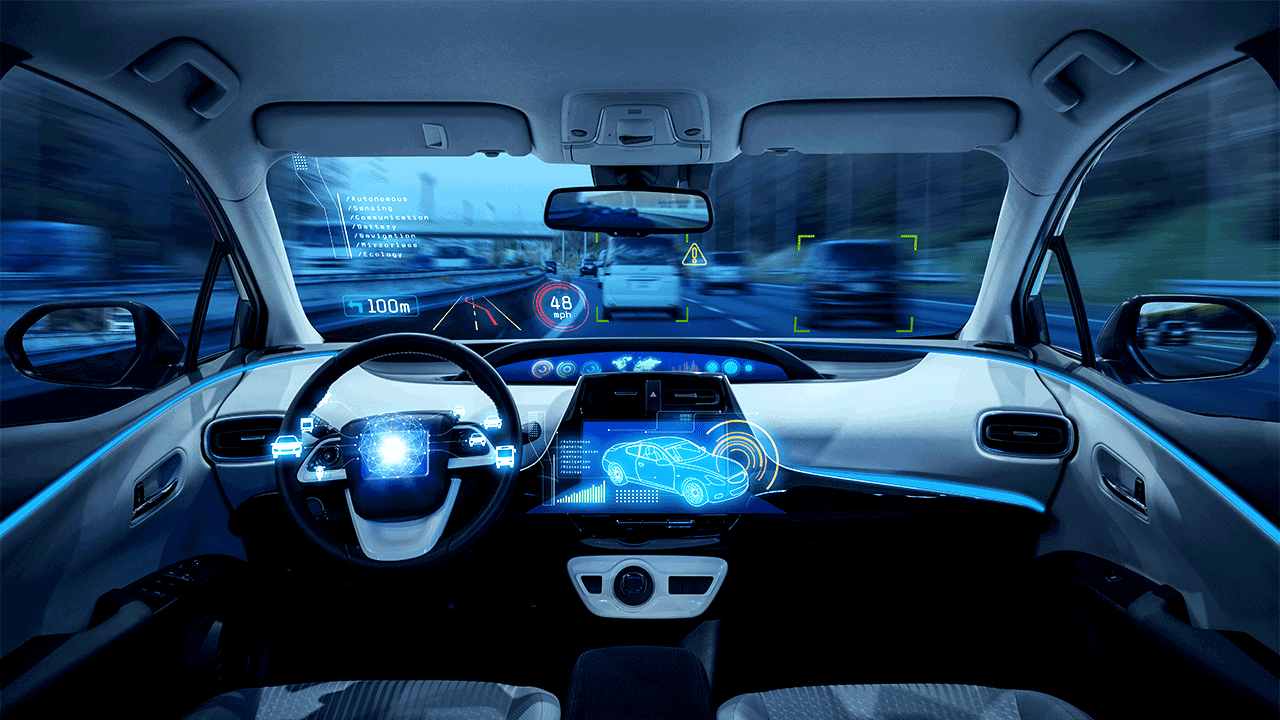Pulse of Information
Stay updated with the latest news and insights.
Driving Into the Future: How Autonomous Vehicles are Rerouting Our Lives
Discover how autonomous vehicles are reshaping our daily lives and transforming the future of transportation in unexpected ways!
The Technology Behind Autonomous Vehicles: How They Navigate Our Roads
The technology behind autonomous vehicles is a complex integration of various systems that work in tandem to navigate our roads safely. At the core, autonomous vehicles utilize an array of sensors, including LiDAR, cameras, and radar, that provide real-time data about the vehicle's surroundings. This data is processed by advanced algorithms and machine learning models, allowing the car to identify obstacles, lane markings, and traffic signals. Moreover, a sophisticated decision-making framework enables the vehicle to make informed choices, such as adjusting speed, changing lanes, or making turns based on the evolving conditions of the road.
In addition to the sensory and decision-making components, autonomous vehicles rely heavily on mapping technologies and GPS for precise localization. These vehicles often combine high-definition maps with real-time data acquisition to strengthen their understanding of the environment. Furthermore, the technology is continually improving, with connectivity features that allow vehicles to communicate with each other and with infrastructure, paving the way for safer and more efficient travel on our roads. As we look to the future, the synergy of these technologies represents a transformative shift in how we approach transportation.

The Impact of Autonomous Vehicles on Urban Planning and Infrastructure
The advent of autonomous vehicles is poised to revolutionize urban planning and infrastructure. As self-driving cars become more prevalent, cities will need to reassess their transportation frameworks. For instance, the road design may shift focus from accommodating personal vehicles to optimizing pathways for autonomous fleets. This transformation could lead to a decrease in the need for extensive parking structures, enabling urban planners to repurpose these spaces for parks, community centers, and residential buildings. Moreover, with greater efficiency in traffic flow, congestion could dramatically reduce, fostering more pedestrian-friendly environments.
In addition to redefining physical spaces, autonomous vehicles will also influence urban infrastructure technology. Cities may invest in smart traffic management systems to communicate with self-driving cars, improving safety and efficiency. The integration of smart sensors and vehicle-to-infrastructure (V2I) communication can further enhance real-time data analysis, allowing cities to adapt dynamically to changing traffic patterns. As urban areas evolve, comprehensive studies and innovative policies will be essential to address potential challenges while maximizing the benefits of this transformative technology.
What Will Happen to Jobs in the Age of Self-Driving Cars?
As we move further into the era of self-driving cars, the automotive landscape is poised for a significant transformation. One of the most pressing questions is the impact on job markets, especially for those working in driving professions. While many fear widespread unemployment, experts believe that the transition may lead to job displacement rather than outright loss. New roles could emerge in fields such as software development, fleet management, and vehicle maintenance, which require a distinct set of skills that differ from traditional driving jobs.
Moreover, the shift to autonomous vehicles could spur changes in urban planning and public transportation systems. As self-driving technology becomes mainstream, cities may design infrastructure tailored towards these vehicles, resulting in increased demand for urban planners and transportation engineers. In summary, while the rise of self-driving cars may disrupt current job sectors, it also presents opportunities for innovation and new career paths that could ultimately benefit the workforce.